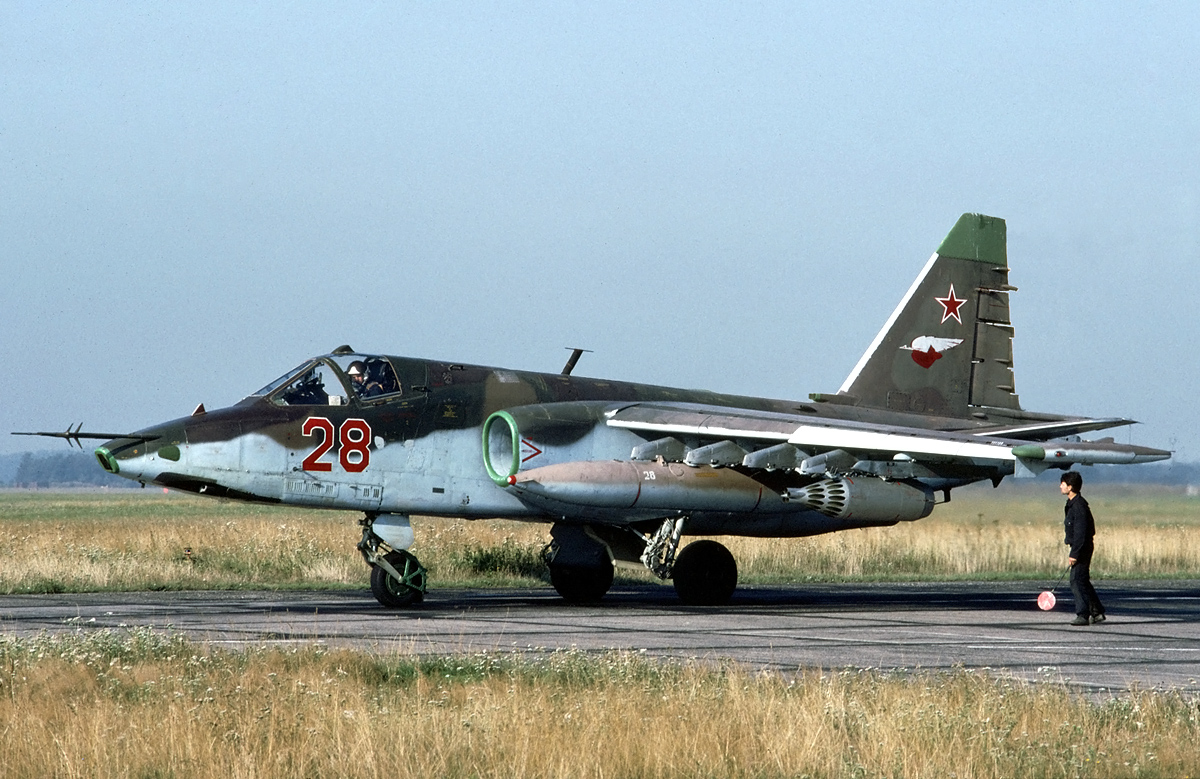In 2015, the government of the Russian Federation embarked its military forces on an intervention in Syria. Ever since there has been no end of discussions about Russian military capabilities and intentions – in Syria and beyond.
In 2015, the government of the Russian Federation embarked its military forces on an intervention in Syria. Ever since there has been no end of discussions about Russian military capabilities and intentions – in Syria and beyond.
To many, the performance of the Russian military – and especially the Russian Air-Space Force (VKS) – in this war was a clear demonstration of advanced technology, improved training, fearsome firepower, and great mobility.
To others, the military operation only experienced limited success and exposed a number of weaknesses. Foremost amongst the latter are aircraft ill-suited to the necessities of expeditionary warfare, and a gross lack of advanced weaponry and equipment.
As told by Tom Cooper in his book Moscow’s Game of Poker Russian Military Intervention in Syria, 2015-2017, within a fortnight of their deployment to Syria, VKS Su-24s and Su-30SMs violated Turkish airspace at least three times: once on 3, once on 4, and once on Oct. 6, 2015. Moreover, one of the Su-30SMs had locked on its radar on a Lockheed-Martin F-16C Fighting Falcon interceptor of the Turkish Air Force (Turk Havva Kuvvetleri, THK), underway north of the border, for a full 5 minutes and 40 seconds. In another case, on Oct.6, a Su-30SM had locked on a THK F-16C for 4 minutes and 30 seconds.
In modern military flying, such behavior is considered not only reckless but outright aggressive action. Unsurprisingly, Ankara reacted with fierce protests, even more so when a Russian mini-UAV was either shot down or crashed on its territory, on Oct. 10, 2015. With relations between the US and Turkey still being relatively good at the time the US Air Force (USAF) reacted by flying its Lockheed-Martin F-22 Raptor ‘stealth’ fighters over Syria: following one encounter between these and at least one of the Su-3OSMs on the same day, the Russians suddenly ceased with their provocations. Indeed, Moscow subsequently issued something similar to an apology, explaining violations of the Turkish airspace with navigational mistakes.
On Jun. 18, 2016, a pair of Su-24s bombed the base of the US-supported New Syrian Army in the Tanf area, near the joint borders between Iraq, Jordan, and Syria. The US CENTCOM promptly diverted a pair of US Navy F/A-18 Hornet fighter bombers to the scene, and their pilots tried to call the Russians on a previously agreed-upon communications channel, but they did not receive any answers. When the Hornets distanced in order to refuel in the air, a pair of Su-34s came in and hit the same base with several CBUs.

Acting as if it didn’t know about the US-supported ‘New Syrian Army’ force deployed along the border between Syria and Jordan, the MOD in Moscow denied the bombing of any of US-backed forces, explaining that, ‘the object which has suffered bombardment was located more than 300km far from the borders of territories claimed by the American party as ones controlled by the opposition joined the ceasefire regime’, and Russian forces ‘forewarned members states of the US-led coalition about the ground targets to strike on’.
While this incident remained without repercussions, the few that followed in 2017 created enough tensions for Moscow and Washington to agree on a ‘deconfliction line’ in October of the same year, according to which, the airspace ‘east’ (i.e. north) of the Euphrates River was under US control and that south of the river under Russian control. Nevertheless, on Nov. 15, 2017, a pair of Fairchild A-10 Thunderbolt IIs of the USAF nearly collided head-on with a Russian Su-24 – east of the Euphrates River. Two days later, two F-22s encountered an armed Su-24 that had crossed into the airspace east of the Euphrates, and made three passes directly over allied ground forces: the VKS crew failed to react to five attempts by US pilots to establish radio contact. On Dec. 13, 2017, two F-22 Raptors intercepted two Su-25s underway inside the airspace considered as `US controlled’: when US pilots attempted to warn the Russians away, one of the Su-25s flew so close to one F-22 that it the latter had to aggressively maneuver to avoid a collision. As usual, the MOD in Moscow denied such reports, claiming that a pair of Su-25 that escorted a humanitarian convoy near Mayadin’, west of the Euphrates, was approached by one F-22 that released decoy flares while remaining on the east side, in this fashion, ‘interfering with the flight path’ of the Russian aircraft. Correspondingly, a Su-35 then approached the F-22 from the rear and forced it to leave the area.
Moscow’s Game of Poker Russian Military Intervention in Syria, 2015-2017 is published by Helion & Company and is available to order here.
Photo by Tech. Sgt. Bucky Parrish / U.S. Air Force, Rob Schleiffert and Aleksandr Markin via Wikipedia

